Communism in the cosmos: how USSR propaganda depicted space
Behind the Iron Curtain, space was a frontier that could one day be tamed by communist Soviet science – nowhere better was this “progressive, futuristic, yet strangely antique period” explored than in the USSR’s popular science magazines.
Looking to inspire an awakening of national pride and superiority, the leaders of the post-revolution Soviet Union found the answer to their problem in the relatively obscure work of scientist Konstantin Tsiolkovsky.
As early as 1903, Tsiolkovsky, who worked as a teacher on the outskirts of the western Russian town of Kaluga, had calculated a velocity required to take a spacecraft into orbit around the Earth using liquid oxygen and hydrogen as fuel.
After the 1917 October Revolution, his work would be used as evidence of the USSR’s scientific prowess – igniting in the process a decades-long fascination between the Soviet Union and space. With this new arm of propaganda came a new wave of creative expression, which was found most widely on the pages of popular science magazines.
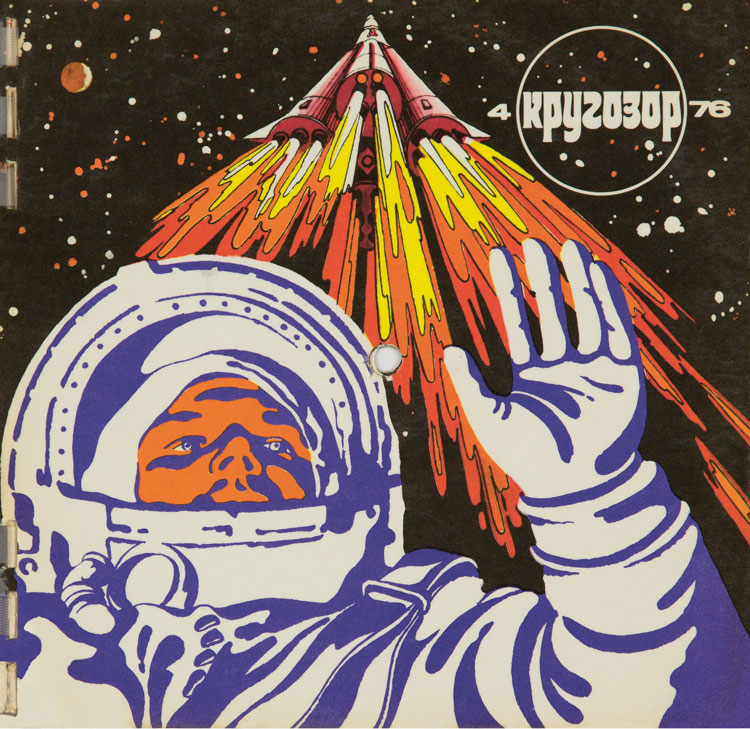
“An opportunity for creativity”
A well-recognised part of the Soviet propaganda machine, at the height of the public’s interest there were an estimated 200 popular science titles in circulation in the USSR.
Depicting not just the Soviet’s various endeavours into space, the magazines spoke more generally about how the Soviet communist ideology might be furthered through technology and science, with some ideas more far-fetched than others.
“These magazines were really an opportunity for designers and artists to dream, be open and really express themselves and their creativity,” says Alexandra Sankova, founder and director of the Moscow Design Museum and author of the book Soviet Space Graphics: Cosmic Visions from the USSR. “And of course, it was a huge platform to be able to share their skills on.”
At times weird and wonderful and others occasionally ominous, magazines would often include discussions on how Soviet society might one day exist both on far away planets, and underwater and under the ground here on Earth.
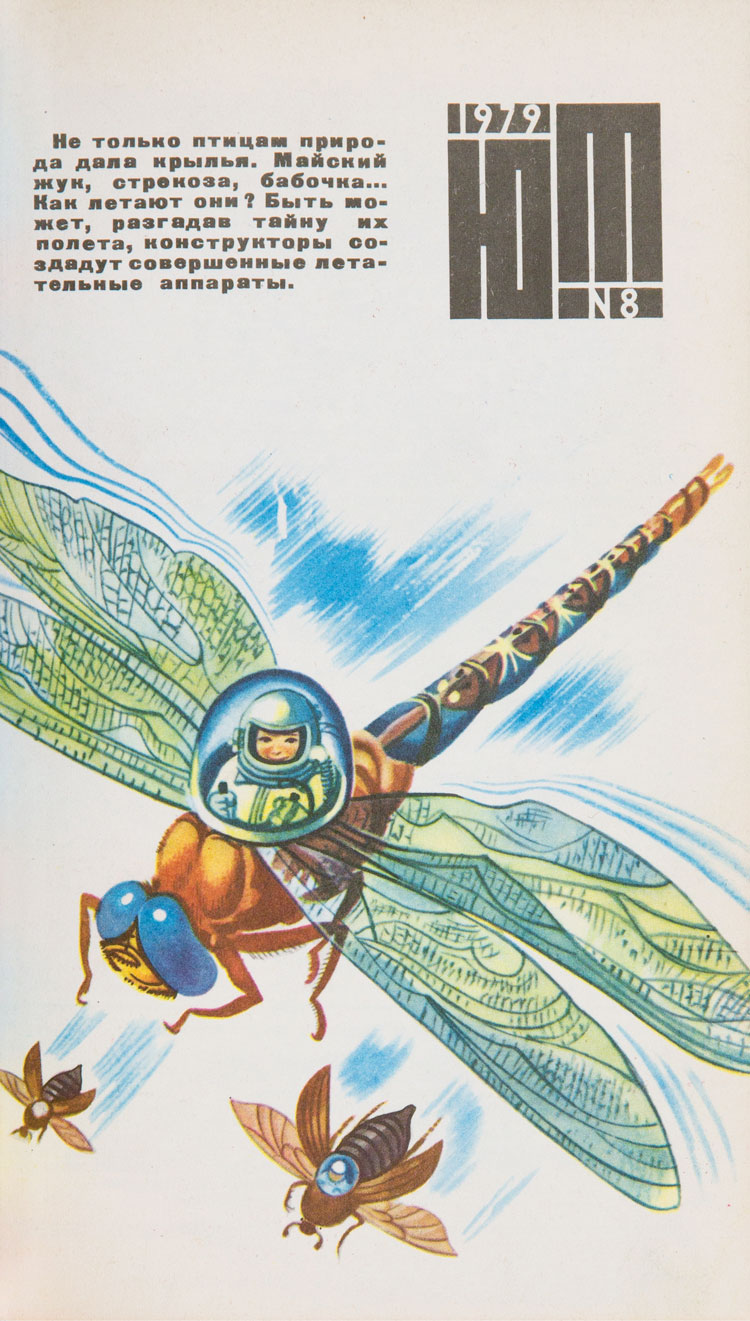
More than just “fantasy”
These magazines and graphics were largely drawn in the Soviet’s signature realism style. But this wasn’t the only thing that gave the depictions of rockets and space technology any sense of credibility.
“Many of the people making these graphics were engineers and pilots,” says Sankova. “They were part of the scientific teams that were inventing the future described in the magazines – rather than it being fantasy, these people really did know what they were drawing.”
Because of this, by the time the Cold War and the space race came around, many Soviet citizens would have been familiar with all sorts of technologies, Sankova says.
In a bid to deliberately engage as many people as possible, these depictions were aimed at all sectors of society, from children to adults, amateurs to professionals, and would contain appropriate content according to each audience. In one such “age appropriate” example, an illustration called Machines – Astronauts by N. Kolchitsky shows the actual individual components of Sputnik 3 as different comic-like characters.
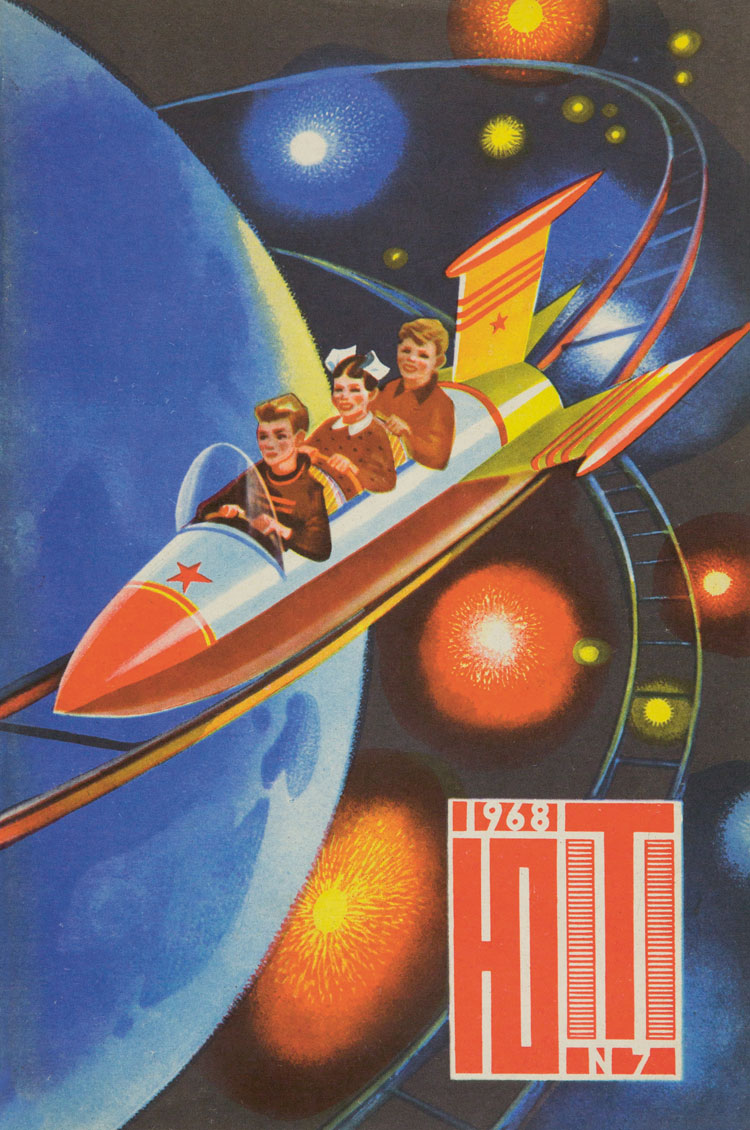
Something “new”
Sankova’s book, made up in part by magazines found in the Moscow Design Museum’s archive, is set into four sections. It takes readers through the technologies developed by the USSR, the celebrities made by the space race, like Strelka and Belka the space dogs and Yuri Gagarin, and into the far-fetched expectations of space travel.
For those who grew up in the time of the space race, Sankova says, these graphics will feel “familiar, yet strange”. For those who didn’t, she expects many will find more modern connections in the illustrations than they might first realise – she points out, in particular, discussions on how humans would need to self-isolate in space.
The mixture of novelty and familiarity provoked by the book, she says, is best summed up in the Russian proverb: “There is nothing newer than the things we have forgotten”.
Soviet Space Graphics: Cosmic Visions from the USSR will be released on 20 March and is published by Phaidon. For pre-orders and more information, visit the Phaidon website.
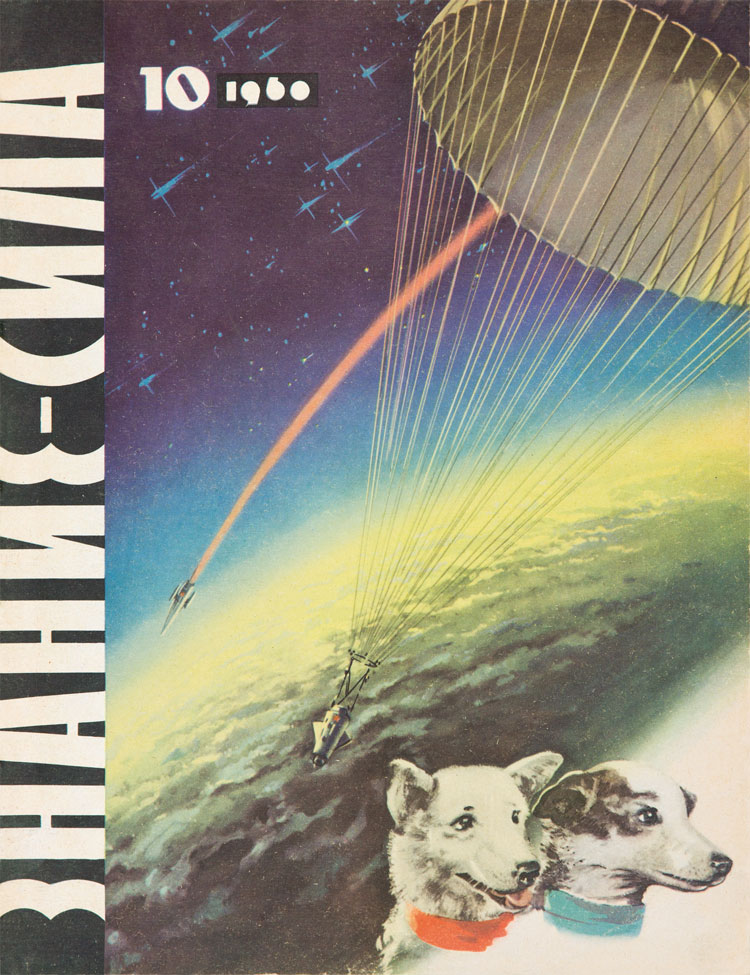
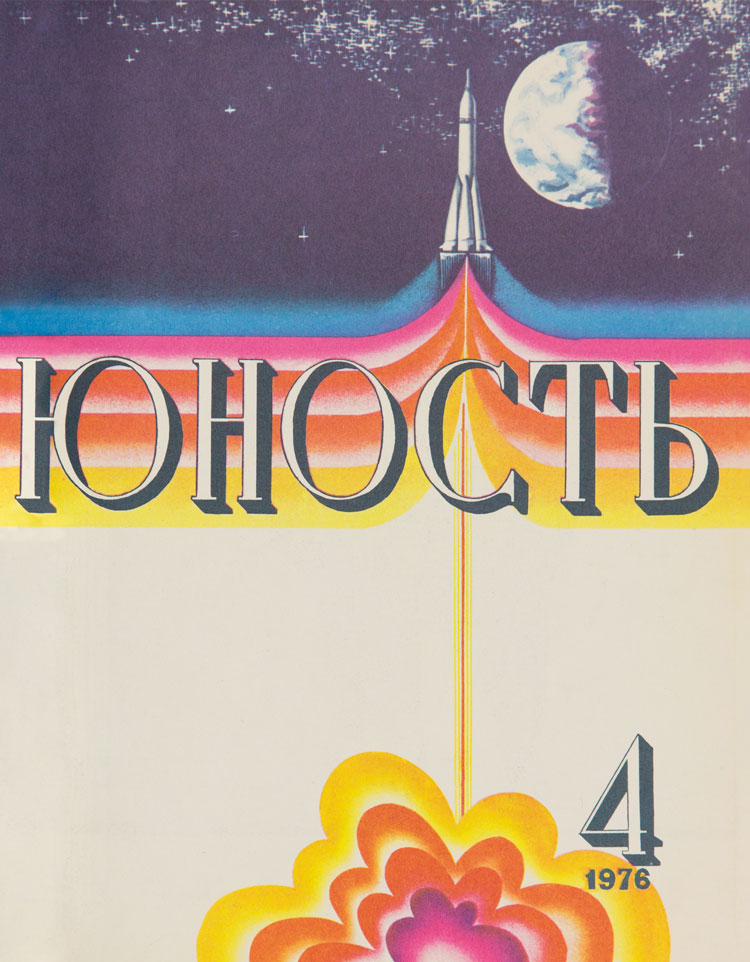

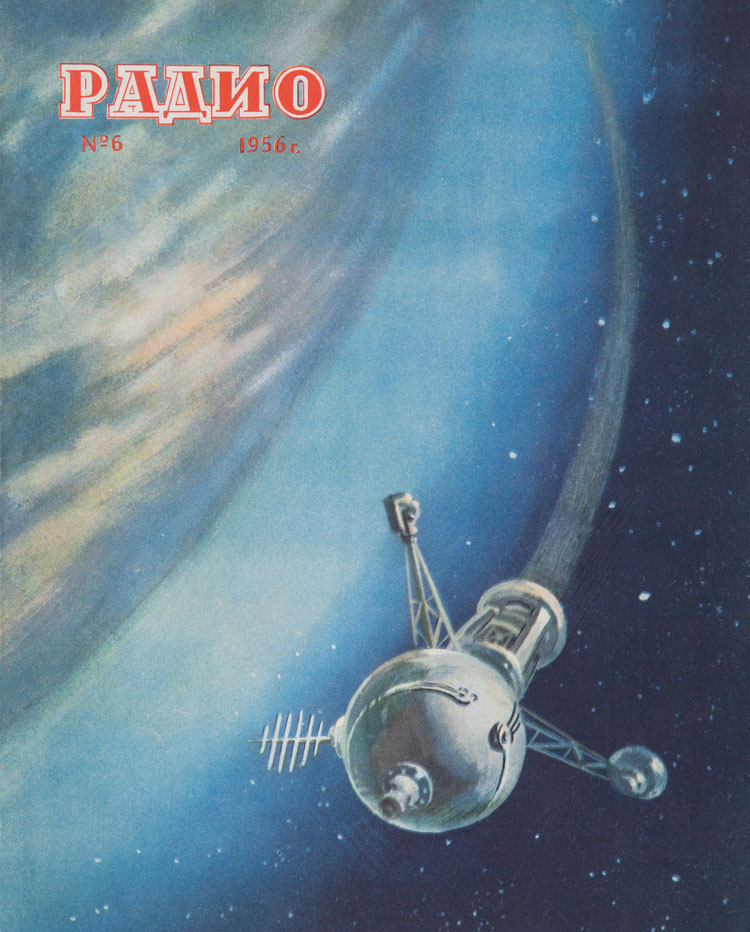
-
Post a comment





